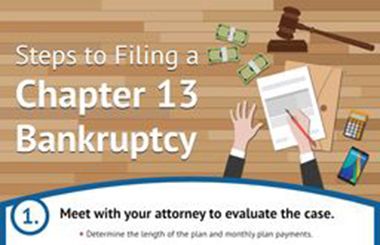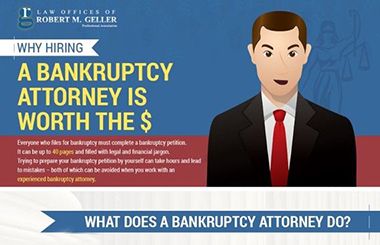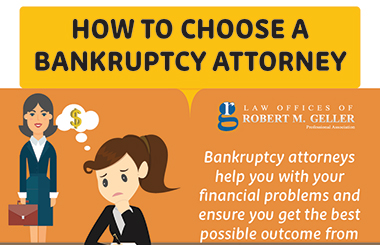 Bankruptcy Float
Bankruptcy Float
There are numerous terms related to bankruptcy that are new to those who file and might seem confusing if you aren’t experienced with bankruptcy. “Float” is one of those terms.
The float is the period of time between when you’ve written a check and when it clears your account. If you file for bankruptcy while there are still several checks or payments outstanding, it means your account will show that you have more money than you actually have. According to bankruptcy law, your schedules (the paperwork you fill out when you file) must show the amount of money in your account the day you file, which is not always a true reflection of what you have.
Why is a bankruptcy float important?
Whatever is in your bank account the day you file becomes the property of your bankruptcy estate. Granted, it might not be enough for the bankruptcy trustee to bother with it or it might even be exempt. However, even if there are outstanding checks or payments in the works, according to the law, the amount listed on your schedule is yours.
This means you can be held responsible for giving that amount of money to the bankruptcy estate.
For instance, let’s say you mailed three checks totaling $575 yesterday and you have two automatic payments due to hit your account in three days for $300. You file for bankruptcy today and your account shows you have $3500, but you know once those payments you’ve made clear you really only have $2625. It doesn’t matter. You can be required to pay $3500 into the bankruptcy estate and you’ll need to come up with the difference out of your pocket.
Should I Spend Any Money before I File for Bankruptcy?
The simplest answer to this question is “maybe,” but you need to understand how to spend, how much to spend, and when to do it before filing.
In some cases, a person filing for bankruptcy will have more cash on hand than he or she can exempt when filing. This means the extra money will need to be handed over to the estate or spent before filing. However, there are restrictions regarding spending and mishandling your money prior to filing can get you into trouble.
If you do need to spend down cash before filing, consider using that money to purchase groceries, make vehicle repairs, pay for insurance, stock up on prescription medication, or pay for dental work or other healthcare issues you’ve been postponing. But remember, if you pay for any of these purchases with a check immediately before filing you’ll need to consider the float.
The best way to avoid this?
Use cash to pay for these purchases. Hold onto the receipt from the purchases and make a list of what you bought if the receipts aren’t itemized.
For more information about what you can and cannot do before filing for bankruptcy, check out this information from NOLO.com.
Why Managing Your Money Just Prior to Filing for Bankruptcy is Important
The goal of spending money that cannot be exempted is that you eliminate the need to turn it over to the bankruptcy estate. You can’t keep the money, but you’ll have supplies you can use and that won’t get you penalized by the bankruptcy court.
And the purpose of avoiding the float is to prevent having to pay money to the bankruptcy estate that you don’t really have.
It’s easy to see how the days and weeks leading up to filing for bankruptcy can be confusing. You’re dealing with the stress you’ve faced from your debts for some time and now you also have issues to consider caused by your intent to file. The best thing you can do is work with an experienced bankruptcy professional who can help you make the best decision and avoid mistakes.
For more information or to speak to someone about filing for bankruptcy, contact the Law Office of Robert M. Geller at 813-254-5696.







 Bankruptcy Float
Bankruptcy Float

















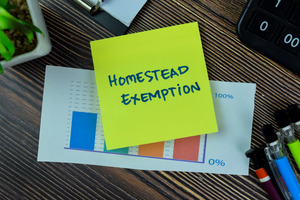
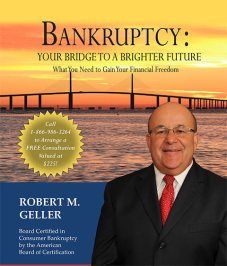
![Signs That You May Need to File Bankruptcy [Infographic]](https://djml3wkzi26ea.cloudfront.net/wp-content/uploads/2021/01/signs-chap7-v-chap13.jpg)
![How To File for Bankruptcy [Infographic]](https://djml3wkzi26ea.cloudfront.net/wp-content/uploads/2020/07/bankruptcy-steps-infographic-web.jpg)
